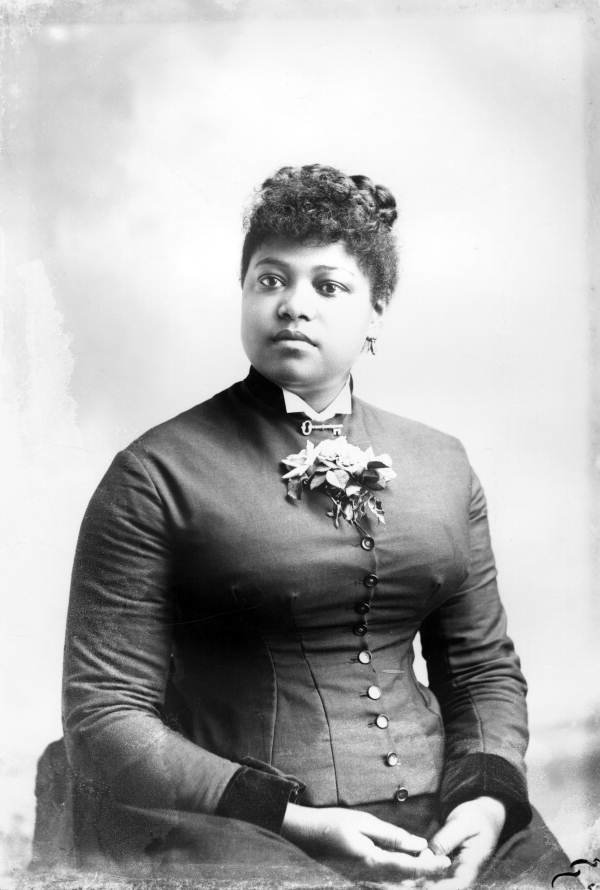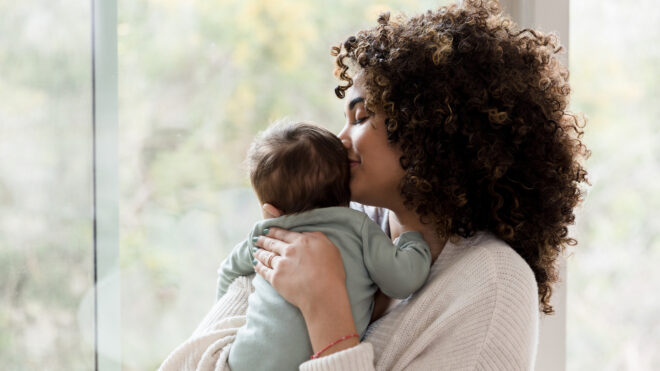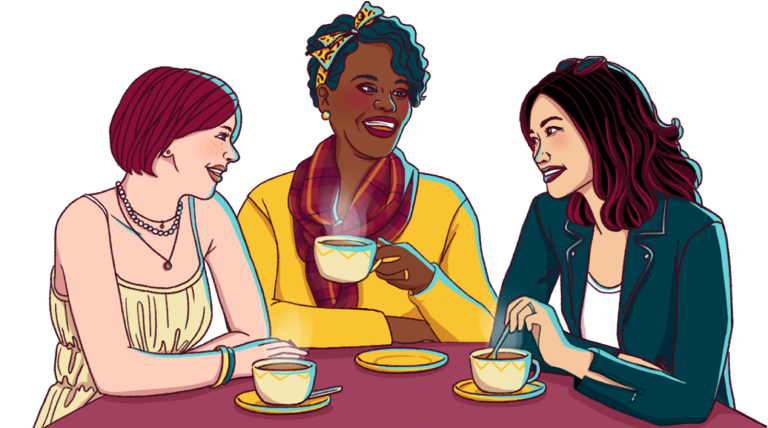Share
The Victorian era is often associated with people whose work has far outlived them: Harriet Martineau, Florence Nightingale, Queen Victoria, Emmeline Pankhurst.
While these women gained worldwide acclaim, there were Black ladies of the Victorian era who went relatively unknown.
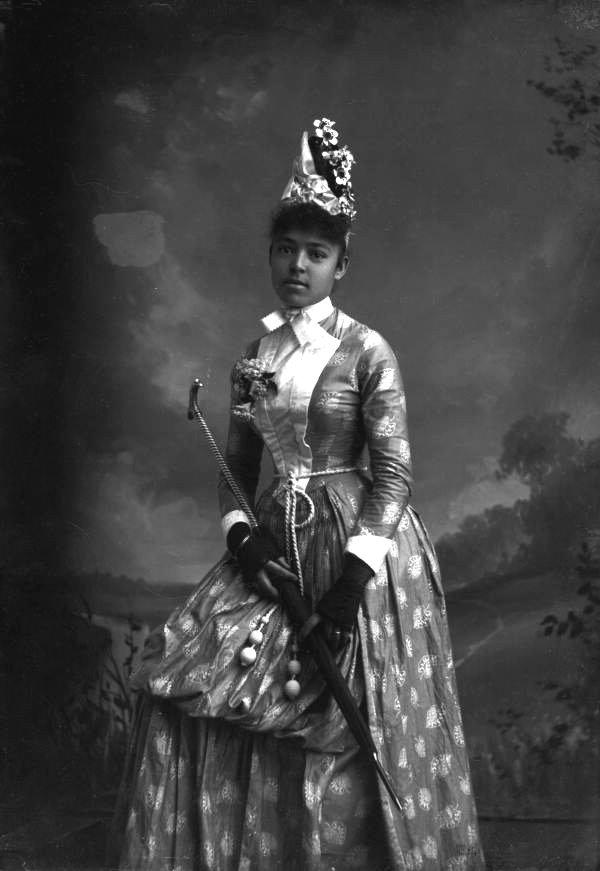
In America, in particular, Black women were essential to communities attempting to form in the immediate aftermath of legal slavery.
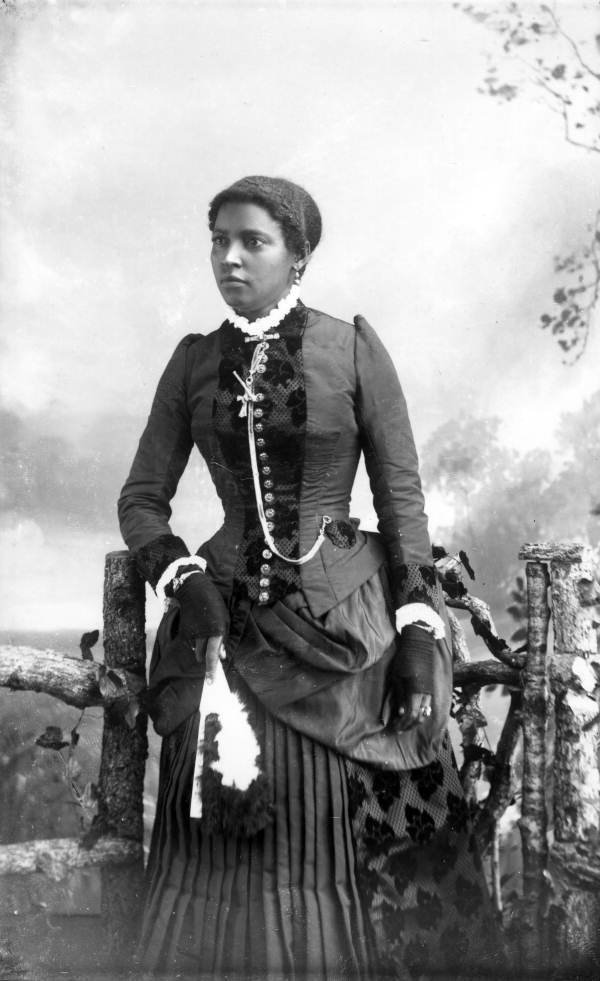
Dr. Shirley Portwood, a historical studies professor at Southern Illinois University Edwardsville, detailed the importance of Black women in communities in Illinois from 1880 to 1910 in an article for "The Journal of Negro History."
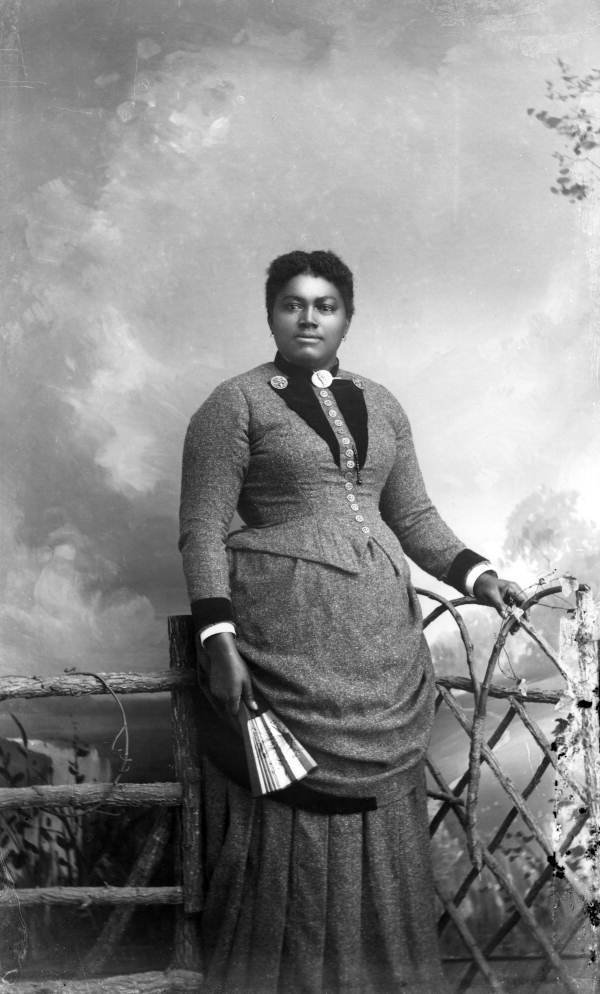
She found that each Black community had a "Black Victoria."
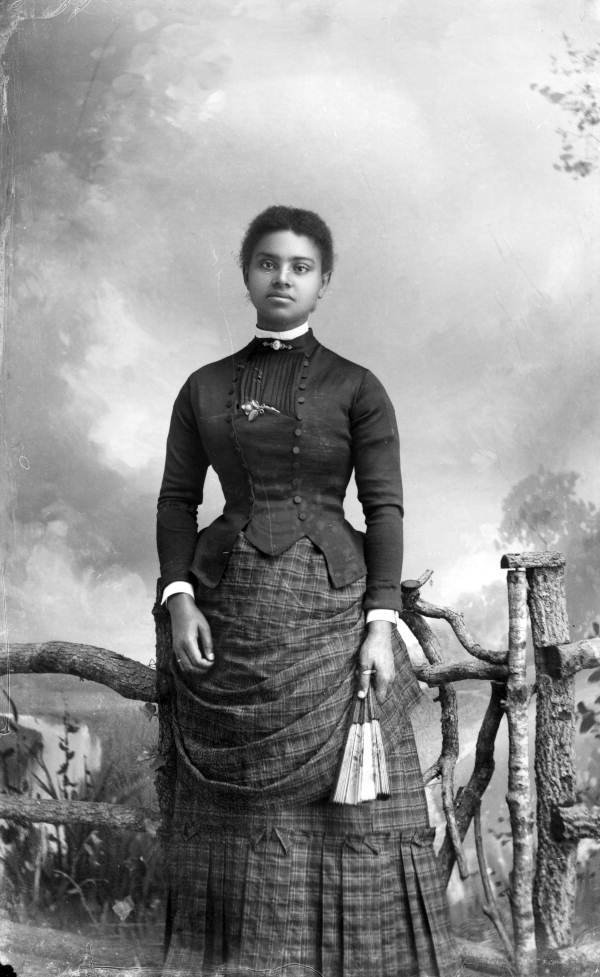
That Black Victoria dedicated herself to domesticity by maintaining a clean home, lovingly raising children, and being a supportive wife.
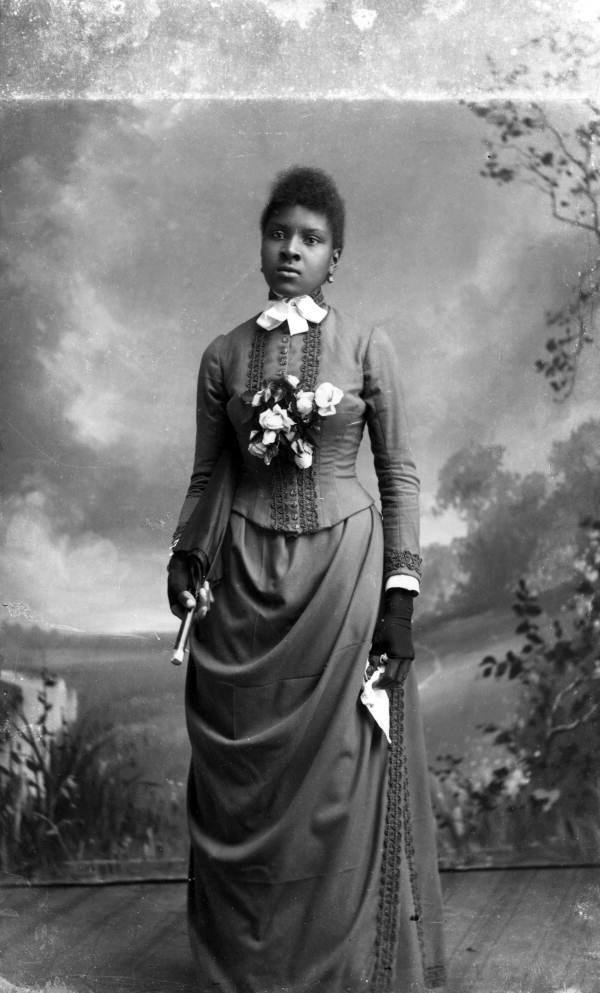
She appeared sweet, virtuous, and modest, according to Portwood.
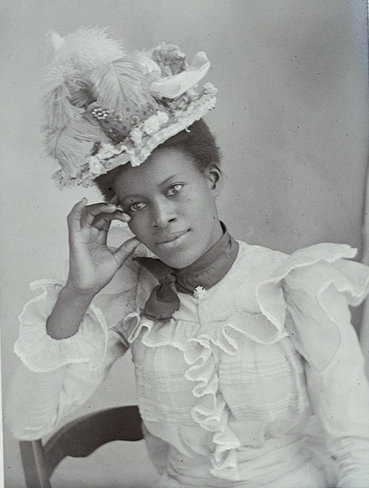
Most of all, she wore traditional Victorian clothing.
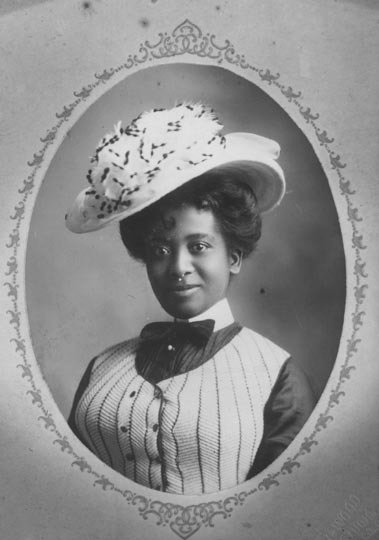
There were fancy hats, floor-length dresses, fitted bodices, and ruffle-embroidered sleeves.
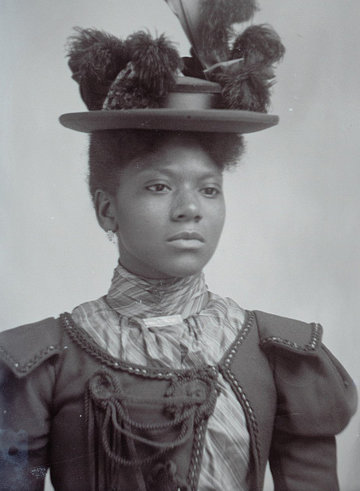
Clothing became the well-educated Black Victoria's presentation of womanhood.
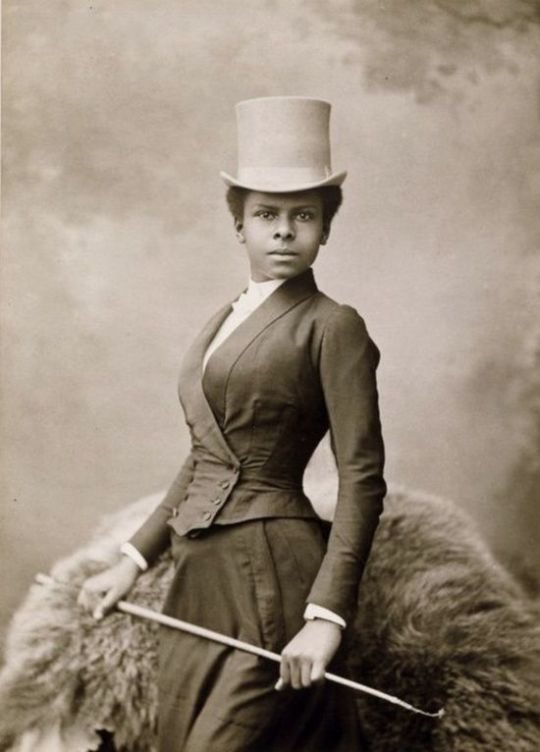
The "Black Victorian" embodied the ideal Black woman of the Victorian era.
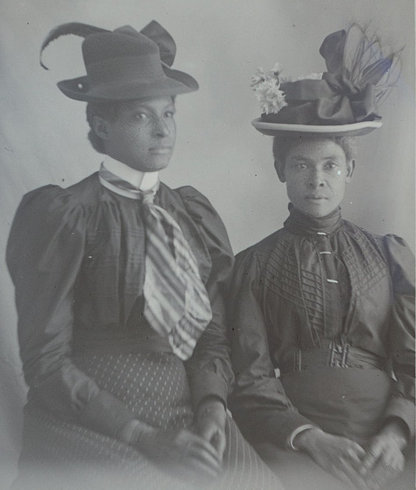
Black women adopted these norms around their behavior and their clothing to fulfill the "cult of true womanhood," according to Portwood.
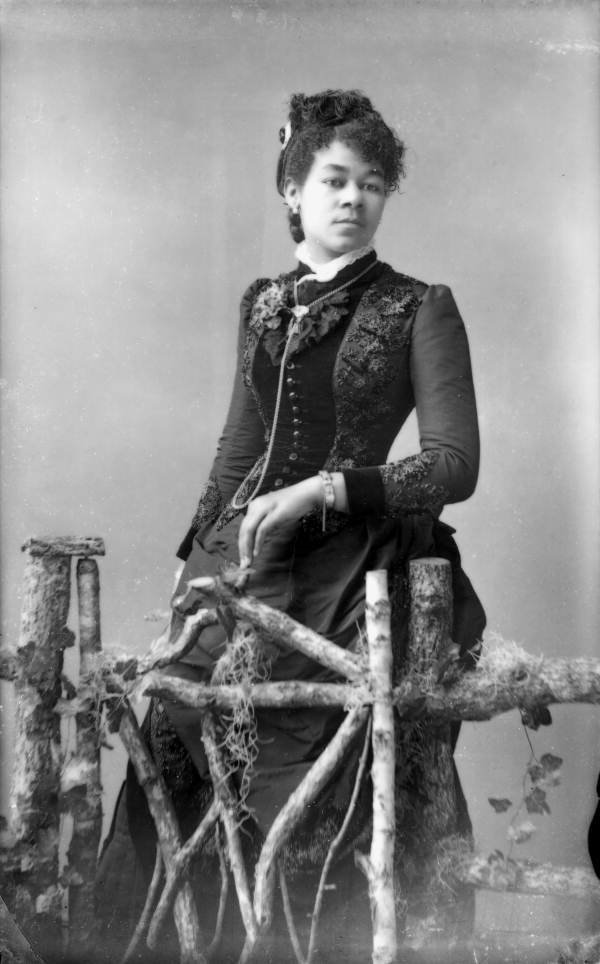
During the 20th century, Black people, especially Black woman, fought to gain access to social power, citizenship, and humanity, according to Evelyn Brooks Higginbotham, author of "Righteous Discontent: The women's movement in the Black Baptist Church, 1880-1920."
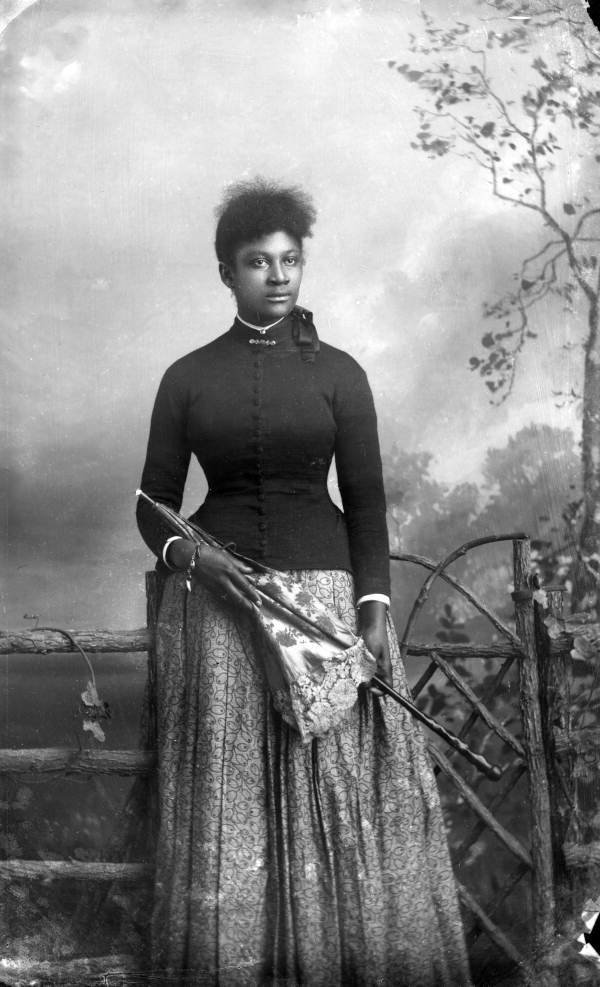
In order to achieve this, Black women attempted to enact the "cult of true womanhood," which sociologist Dr. Patricia Hill Collins defines in four terms: piety, purity, submissiveness, and domesticity.
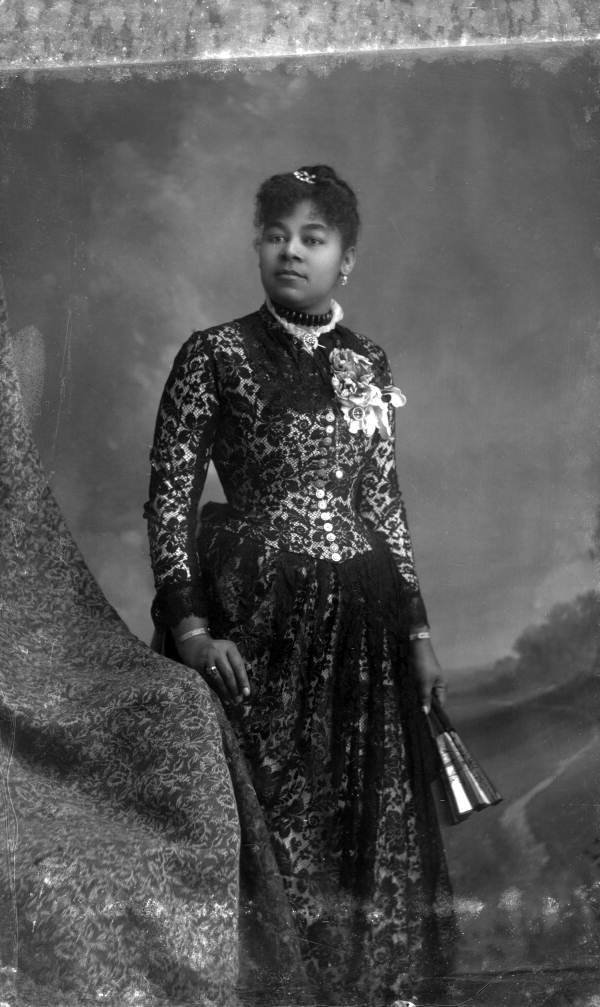
This ongoing push for the recognition of humanity manifested in the way Black women of the Victorian era dressed as well as the careers they chose.
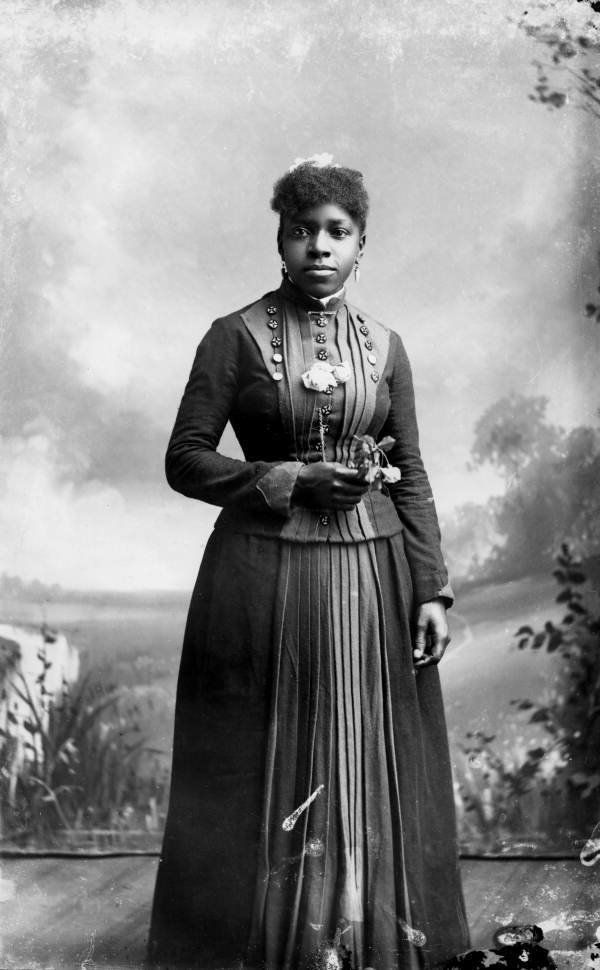
The Black Victoria often worked as schoolteachers, newspaper editors, and social activists because those careers signified intellect, according to Portwood.
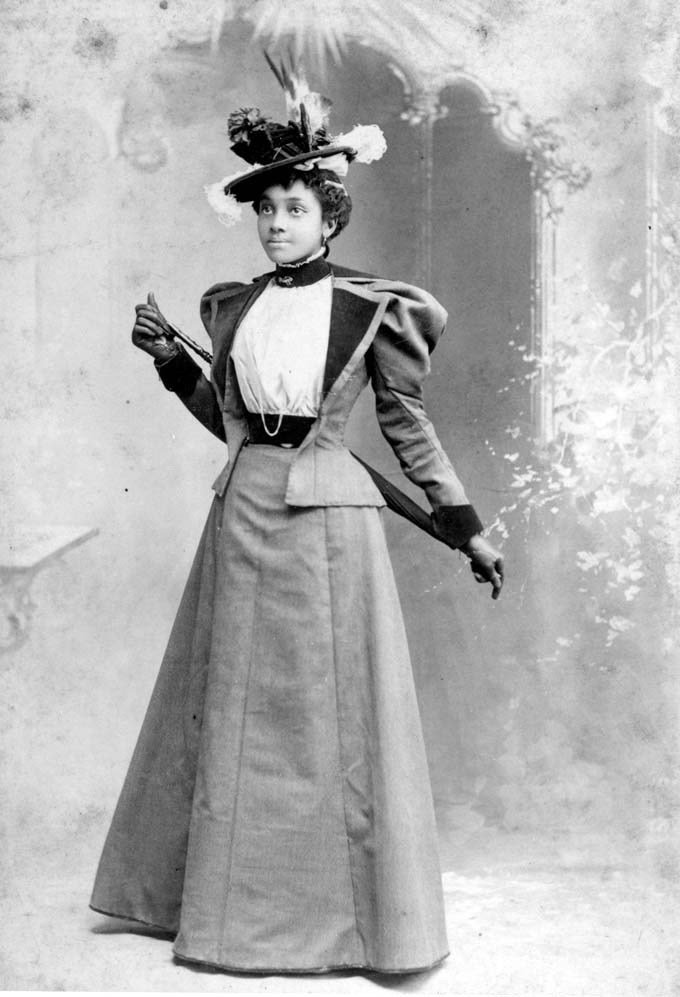
They were the pillars of their communities.
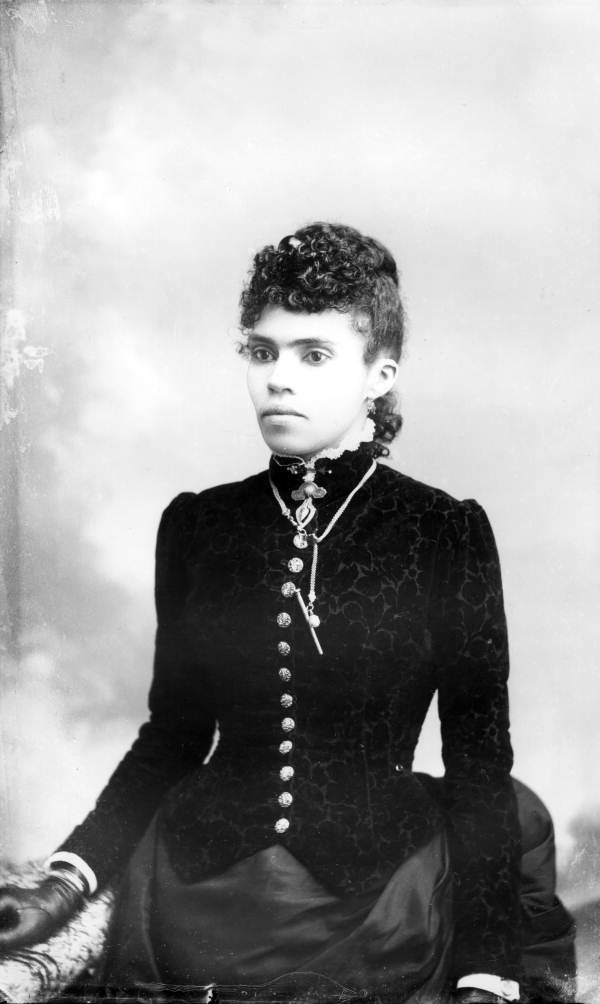
Despite this, there are relatively few photos of Black Victorian women.
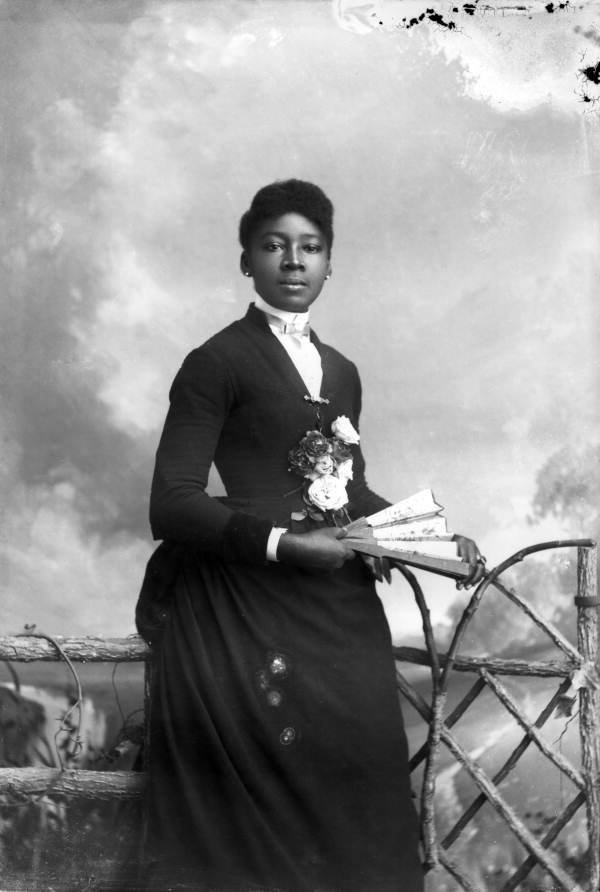
However, the ones that do exist, like the collection at Florida Memory, are breathtaking.
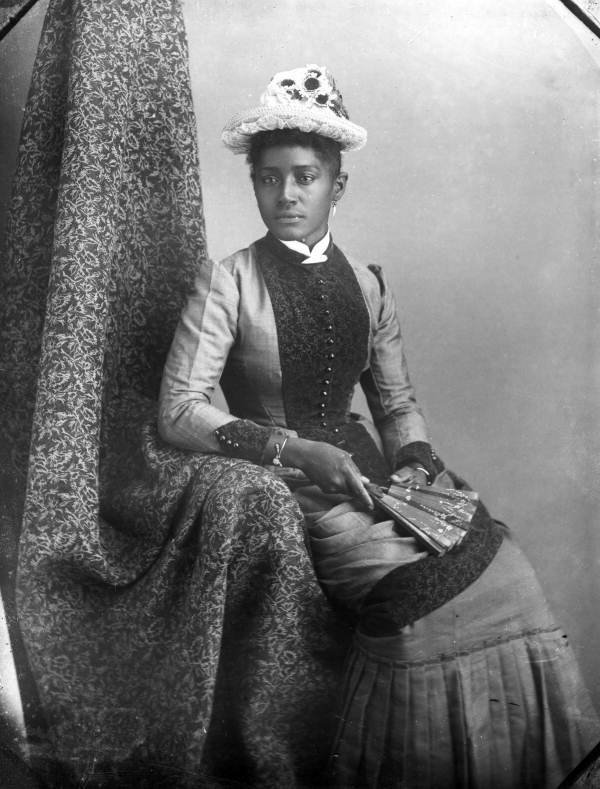
Some of the photographs were taken during slavery while many were taken afterward.
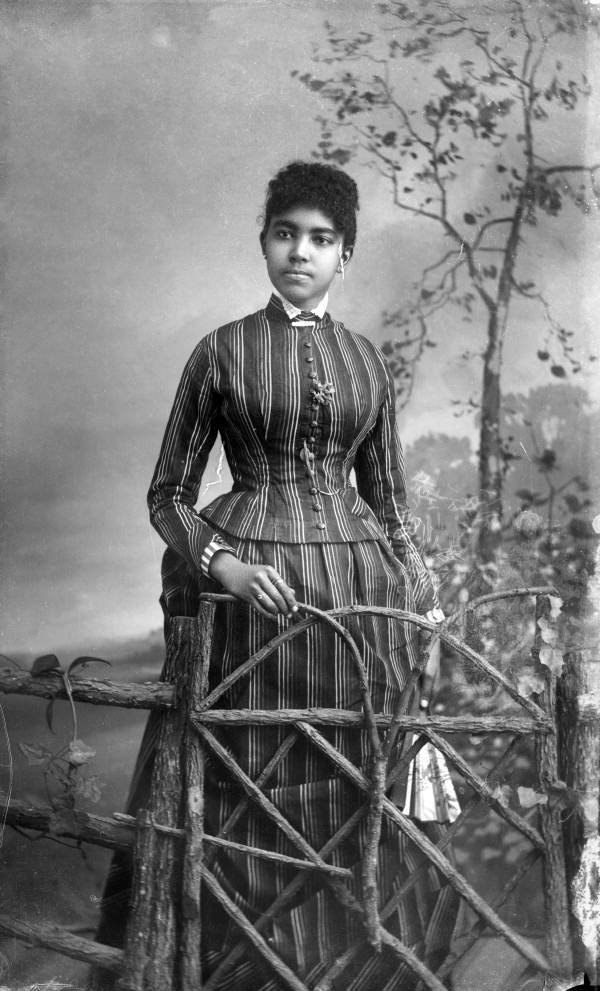
The photos show Black women in their full, beautiful, satisfying humanity.
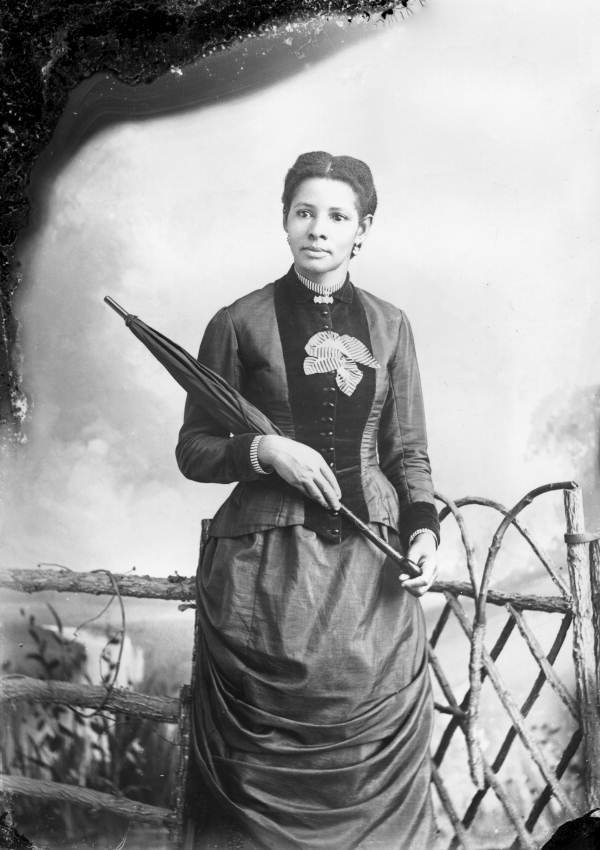
They're a reminder that Black women have always been here — and we've been stylish, ambitious, and beautiful in the process.
